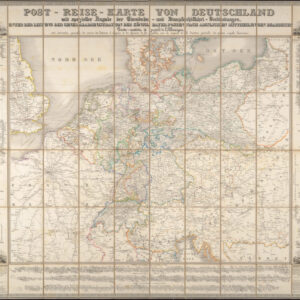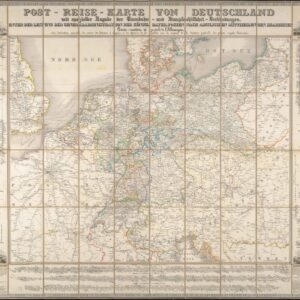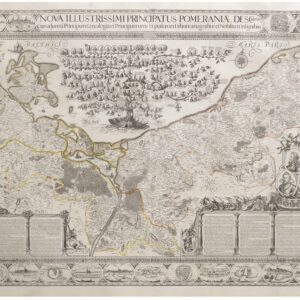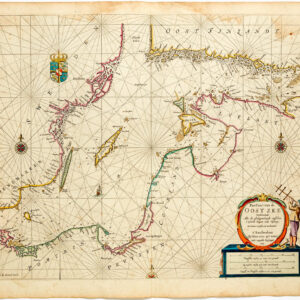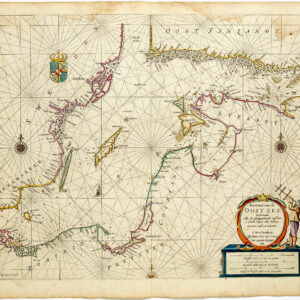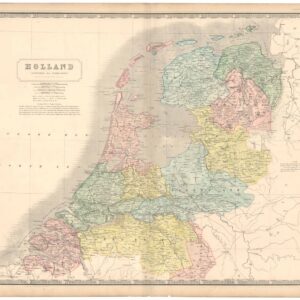Belgium, After Independence.
Belgium.
$145
In stock
Description
A very fine example of William and Alexander Keith Johnston’s c. 1850 map of Belgium that appeared in The national atlas of historical, commercial, and political geography.
Provinces are shaded and outlined in hand color for easy distinction. Cities and towns, roads, waterways, terrain, railways (existing and projected), and other features are noted throughout. Four scales, a legend, and a glossary of Dutch and French geographical terms with their English equivalents appear below the title.
This map is notable for being a relatively early depiction of independent Belgium after separating from the Netherlands in 1830 – 1831. The resulting land border between the two states, seen here, is jagged, does not follow natural features, and includes complicated groups of exclaves and enclaves.
An unresolved issue from the partial dissolution of the Netherlands was the status of Luxembourg and Limburg, which were divided between Holland and Belgium but retained a wide degree of autonomy. The issue caused periodic diplomatic crises in the mid-19th century, necessitating outside intervention (especially from Britain) and convoluted agreements to avoid war. The Dutch ‘halves’ of Luxembourg and Limburg formed an interrupted panhandle far to the south of the rest of the Netherlands, which can be seen here divided from the Belgian portions of those territories by a red line.
Cartographer(s):
William and Alexander Keith Johnston were Scottish brothers based in Edinburgh who operated a prominent map engraving and printing business in the mid-19th century. A.K. Johnston was the driving force behind the business and remained in the world of cartography throughout his life, while William later entered politics, serving as the Lord Provost of Edinburgh and being knighted for his service. Johnston’s maps and atlases earned high praise for their accuracy and comprehensiveness (A.K. Johnston was strongly influenced by Alexander von Humboldt).
Condition Description
Very good. Toning along edges. Light foxing.
References
